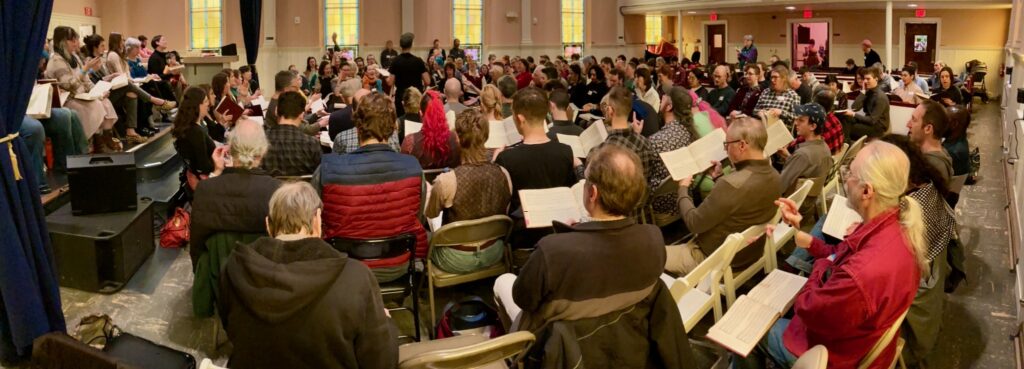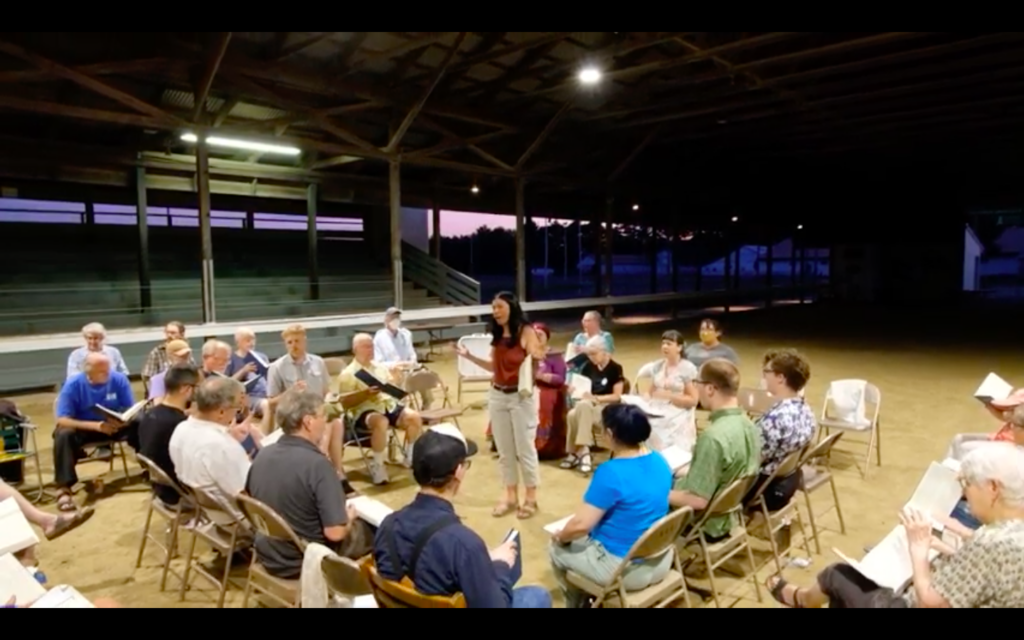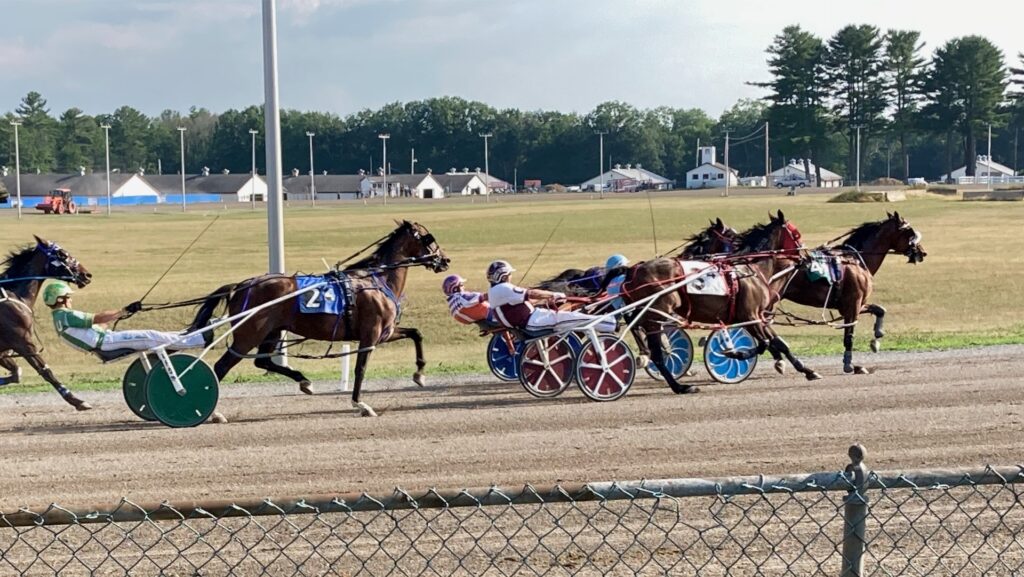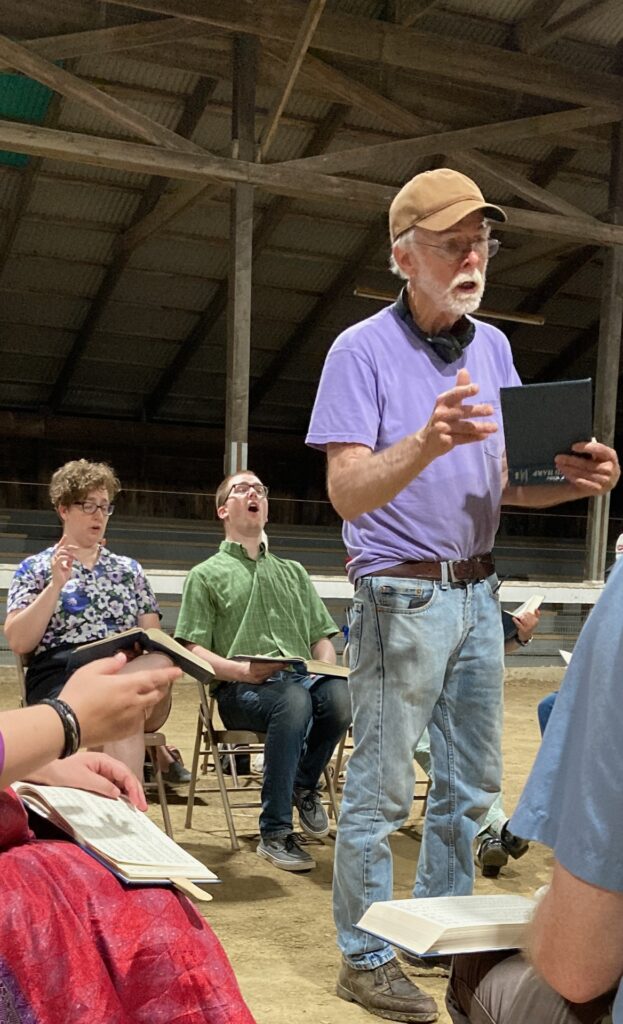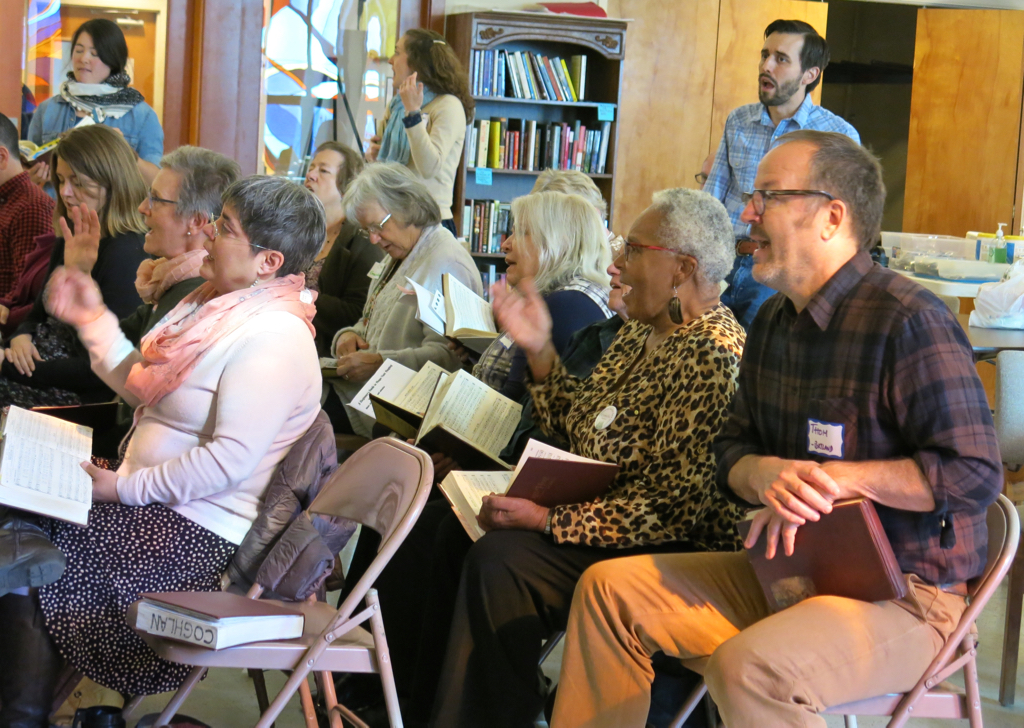For the past month, we’ve been living in Westport, Mass., and I’ve been commuting to my new job in Cohasset, Mass. It’s at least an hour and a half drive, more if there’s traffic. By the time I come home, I’m often tired of driving. Fortunately, there’s a rest area almost exactly halfway between the church in Cohasset and our temporary place in Westport. I often find myself pulling into that rest area to stretch my legs and clear my head.
It’s not much of a rest area. The parking lot is too small for the amount of truck traffic, with big rigs everywhere. By contrast, the lot for cars is usually mostly empty. Inside the building, there’s a Burger King and a Dunkin Donuts. But they seem to sell most of their food at their drive-through windows, because there’s hardly ever anyone sitting in the dining area. In spite of all the tractor trailer rigs, the whole place feels oddly deserted.
I stopped there on my way home today. It was lunch time, and the dining area was as deserted as usual. A memory forced its way to the surface of my consciousness. Back in 2008, I was working in New Bedford, and once a month I’d drive up to Newton for Sacred Harp singing. Ted, whom I sang with in another choir in New Bedford, started getting into Sacred Harp singing, too. So we’d drive up together to sing Sacred Harp. But I’d often have missed dinner in order to sing, so on the way home we’d stop at this exact same rest area to grab a sandwich. We’d spend the long drives talking, and we’d sit in that deserted rest area — even back then, it was always deserted — and talk some more while we ate. Mostly we talked about music. I still remember how he said he used to sing with five different ensembles when he lived in San Francisco, one for each night of the week.
When I moved to California, I lost touch with Ted. I’m not a good correspondent, and neither was he. A few years ago, I learned from one of his siblings that he had died.
Ted and I both sang bass. He was a pleasure to sing next to, not just because he was a good musician and a good singer. Some choral singers are on an ego trip, wanting to show off how good they are. That kind of singer is not fun to sit next to. Ted was the other kind of singer, the singer who’s there for the music, who subsumes their ego in the music. Marge Piercy talked about something similar in her poem “To Be of Use”: “I want to be with people who submerge / in the task … / who are not parlor generals and field deserters / but move in a common rhythm / when the food must come in or the fire be put out.” Piercy was talking about work, not music, but you see the same kind of thing in music. As it happens, I did actually do physical work with Ted on several occasions, and he worked the way he sang: submerged in the task, rather than a parlor general. That’s the kind of person I like to spend time with.
When I was in the rest area today, I got to thinking about Ted. I guess for me, that’s now the Ted memorial rest area. Not a bad thing to think about while I’m stretching my legs and getting a sandwich.
